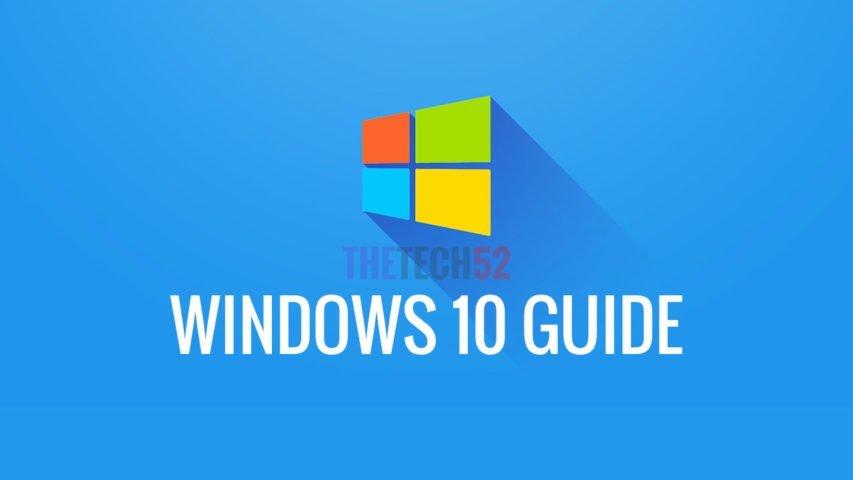Planets in the game are distinguished by class type. The player can land on any planet but is wiser to know about the planet classes before doing so.
This guide will explain the planet spectral class, temperature and elements.
Spectral Class
All stars are assigned a spectral class which is made of three coded characters. Example, G2m for Star Ethaedair. The first character is the star’s class, second is the heat range and the third is the spectral lines or specific elements like hydrogen. Refer the following information.
Class and Temperature
There are 11 different classes of Stars in No Man’s Sky and each vary from temperature to color. Here are all the Classes which the player will encounter in the game.
Class O
- Color – Blue
- Temperature: Above 30,000 K
Class B
- Color – Blue or White
- Temperature: 10,000 – 30,000 K
Class A
- Color – White
- Temperature: 7,500 – 10,000 K
Class F
- Color – Yellow or White
- Temperature: 6,000 – 7,500 K
Class G
- Color – Yellow
- Temperature: 5,200 – 6,000 K
Class K
- Color – Orange
- Temperature: 3,700 – 5,200 K
Class M
- Color – Red
- Temperature: 2,400 – 3,700 K
Class L
- Color – Red Brown
- Temperature: 1,300 – 2,400 K
Class T
- Color – Brown
- Temperature- 500 – 1,300 K
Class Y
- Color – Dark Brown
- Temperature- Below 500 K
Class E
- Color – Green
- Temperature- Unknown
Oddities and Elements
The Third characters are the Oddities and how each planet can have distinctly different elements in the universe of No Man’s Sky.
- e – Emission lines present
- h – WR stars with emission lines due to hydrogen
- k – Spectra with interstellar absorption features
- m – Enhanced metal features
- n – Broad (“nebulous”) absorption due to spinning
- p – an Unspecified peculiarity
- q – Red & blue shifts line present
- s – Narrowly “sharp” absorption lines
- v – Variable spectral feature
- w – Weak lines
You can find the complete No Man’s Sky Guide here.


